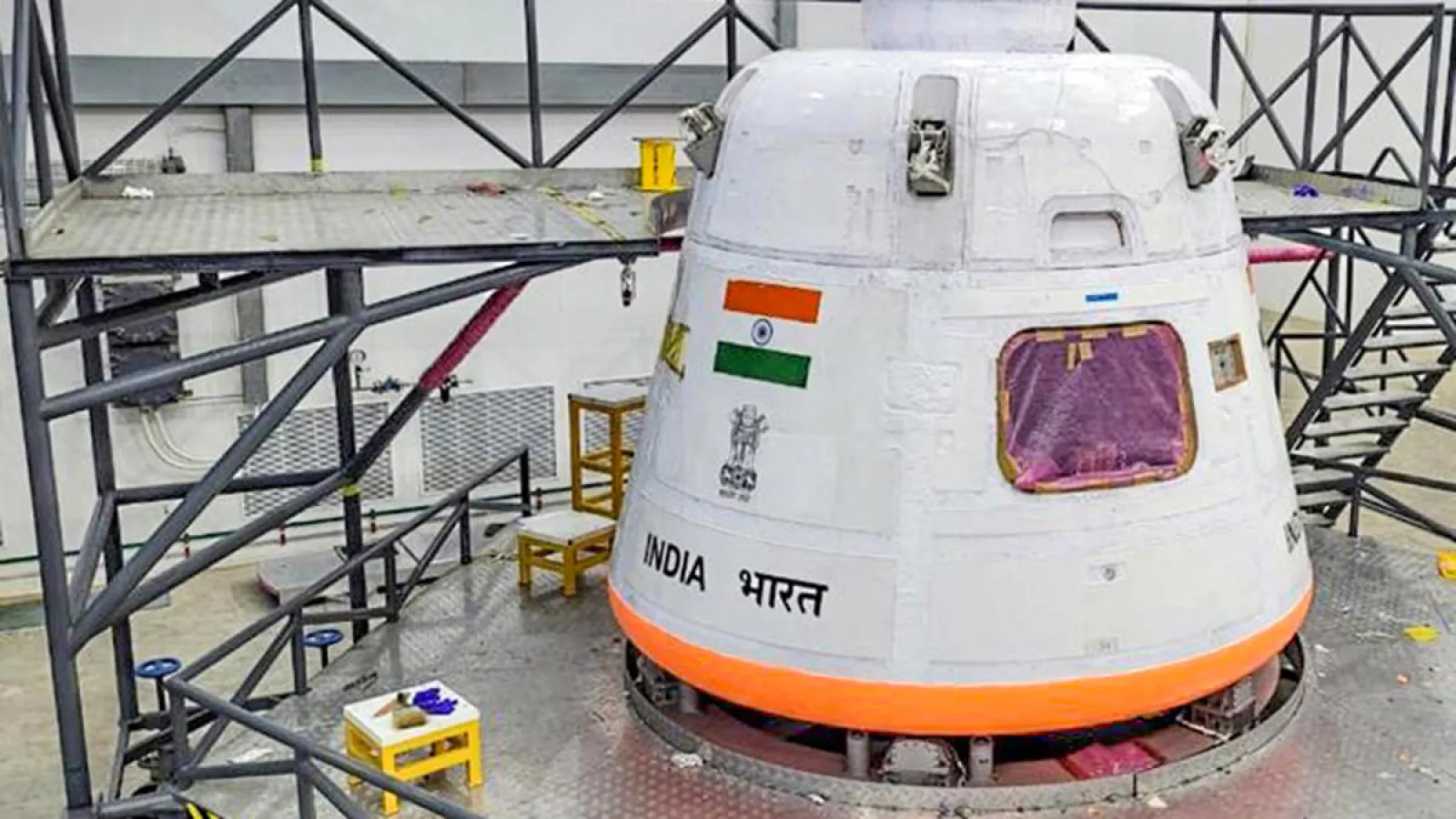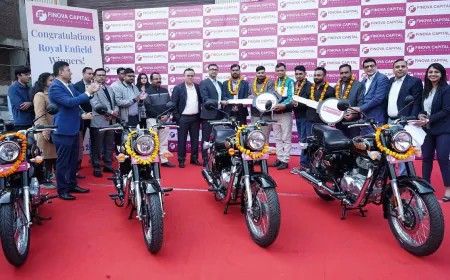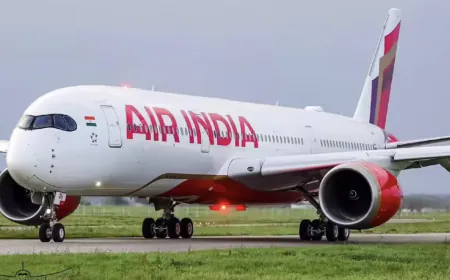Major achievement towards India's first human space mission, engine ready for Gaganyaan flight; ISRO gave information
Indian Space Research Organization (ISRO) has successfully developed the service module propulsion system for the Gaganyaan mission. The system performed excellently in the hot test, which lasted for 350 seconds. This system, which uses two types of fuel, plays an important role in putting the mission in orbit, controlling it, and ensuring the safe return of astronauts in case of emergency.

ISRO has been able to design the service module propulsion system of the Gaganyaan mission. The system was successfully hot tested for 350 seconds. This is a big milestone in India's first human space mission.
Indian Space Research Organization (ISRO) announced on Saturday that, 'Service Module Propulsion System' (SMPS) has been designed for the Gaganyaan mission along with the completion of the 'Qualification Test Program'.
On Friday, a 350-second 'hot test' on a full-time basis was performed on this system. The intention behind this test, carried out in actual conditions, was to test whether the system functions normally if something goes wrong during flight and the mission has to be aborted mid-way (termed as 'mission abort'). Gaganyaan mission is India's maiden human spacecraft mission.
ISRO said in a statement, the overall performance of the propulsion system during the test was as per pre-test predictions. Gaganyaan's service module is a propulsion system running on two types of fuel. It takes the orbital module to the correct orbit, controls the flight, slows down the speed when needed and ensures the safe return of the astronauts by stopping the mission mid-way if there is a problem.
This system has two special types of engines. The Liquid Apogee Motor (LAM) helps in bringing the rocket into orbit and then slowly bringing it down, while the Reaction Control System (RCS) controls the flight direction very precisely.
ISRO said that a System Demonstration Model (SDM) was prepared to test the SMPS. It included all the parts that would be in the real system. ISRO has conducted different types of tests on this model 25 times. Some of these tests were conducted in normal conditions, and some in difficult conditions. These tests lasted for a total of 14,331 seconds.
ISRO said that this propulsion system has been designed at its Liquid Propulsion System Center (LPSC). All its tests were conducted at ISRO's Propulsion Complex (IPRC) located in Mahendragiri, Tamil Nadu.
For Latest News update Subscribe to Sangri Today's Broadcast channels on Google News | Telegram | WhatsApp





































.jpeg)
































































































